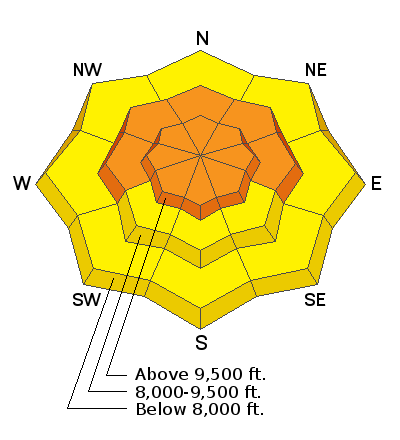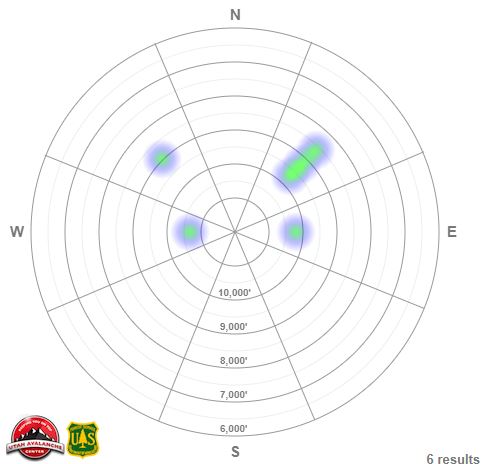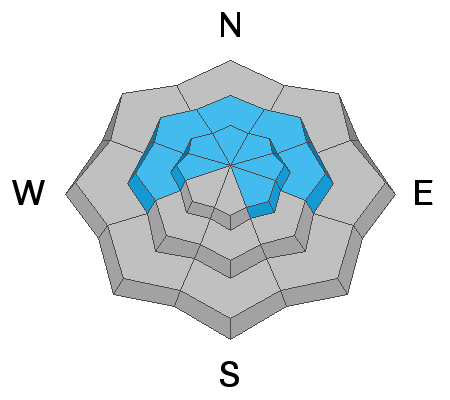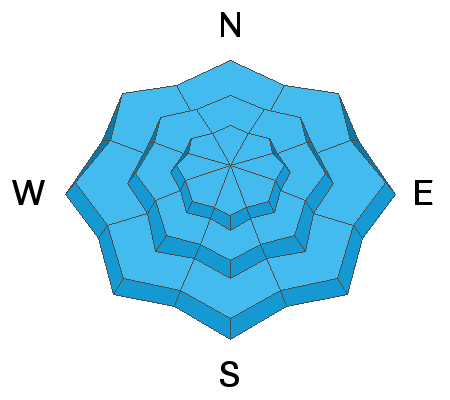SPECIAL NOTE: HALF OF ALL SKIER/SNOWBOARDER FATALITIES SINCE 99/00 HAVE OCCURRED WITH PEOPLE GOING OUT OF BOUNDS AT A SKI AREA.
This morning, skies are overcast and winds are light, gusting below 20 mph at the highest ridgelines. Mountain temperatures are in the single digits.
Storm totals:
Upper LCC: 21" (1.67" Snow Water Equivalent)
Upper BCC: 16-25.5" (1.10-1.89" SWE)
PC Ridgeline: 16" (1.30" SWE)
Ogden: 13-17" (1.10-1.70" SWE)
Provo: 20-27.5" (1.67-2.52" SWE)
Today, skies will be mostly cloudy with isolated snow showers and minimal accumulation, less than 2 inches. Winds will remain light and from the Southwest, gusting less than 30 mph at the upper ridgelines. Temperatures will rise into the mid-20s F.
The Outlook:
This first storm arrives today but dives well south of us for the first part of the week. Another storm sets up mid-week well to the west of us that will pummel us by strong southwest winds. It eventually ejects inland and moves overhead Friday into the weekend.
Yesterday, 6 new avalanches were reported in the backcountry. Ski patrols also observed numerous soft slab avalanches failing within the storm snow or at the old snow interface.
- Powder Park - 9,000' - NW Aspect - 2.5' deep and 50' wide, ran in the early season facets and the ground.
- Tri-Chutes - 10,700' - West Aspect - 18' deep, ran to the meadow in the early season facets below the new snow. Rider caught and carried.
- Red Pine Ridge - 9000' - NE Aspect - 20" deep and 50' wide, ran on the new snow old snow interface.
- Thaynes - 9000' - North Aspect - 2' deep and 50' wide, remotely triggered and failing on the new snow old snow interface.
- Murdock Peak - 9300' - NE Aspect - 16" and 60' wide.
- Mid Ivory - 10,200' - East Aspect - 20" and 100' wide.
Photo of the Powder Park avalanche. (PC: J. Shade)

The avalanche heat map shows the location and pattern in the recent avalanches. Most of these avalanches have occurred on west through north through east-facing aspects, the same aspects and elevations the weak faceted snow exists.
As always, you can find all observations and recent avalanches
HERE.











